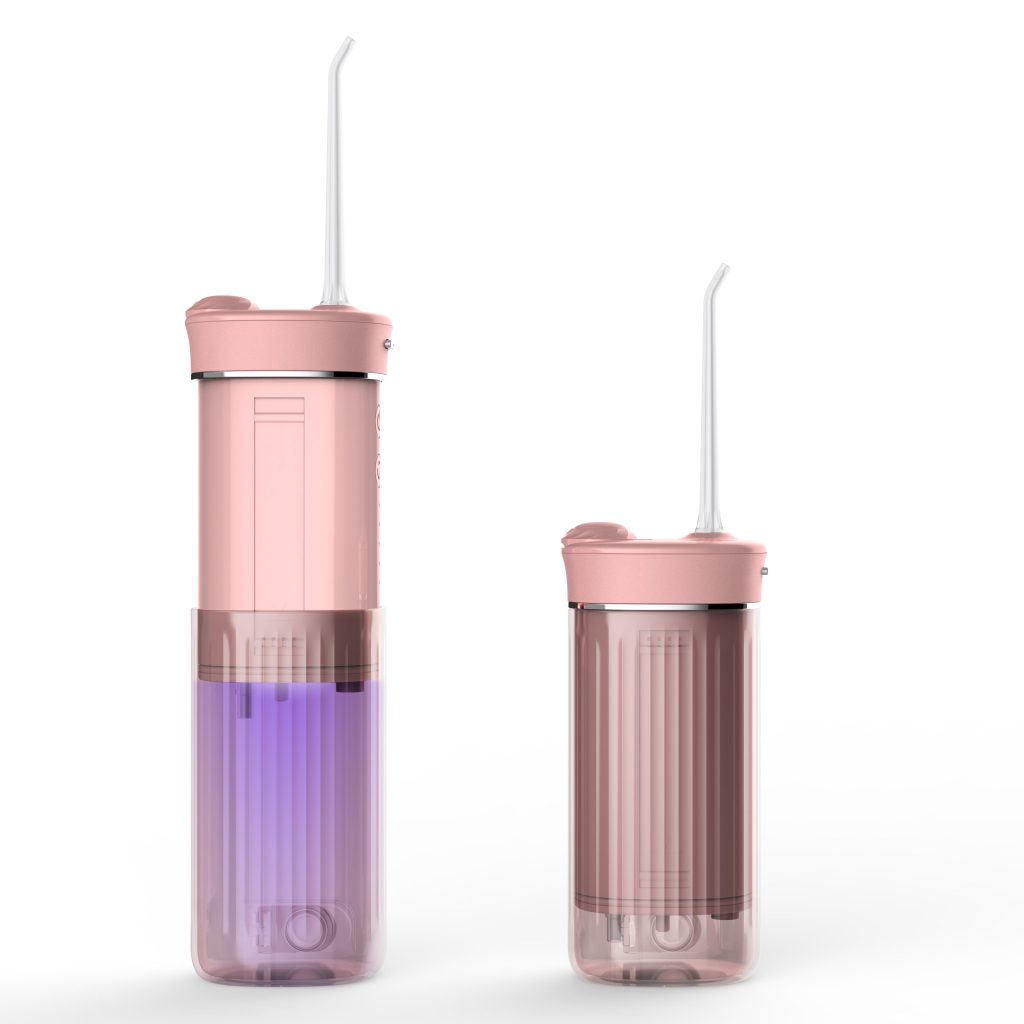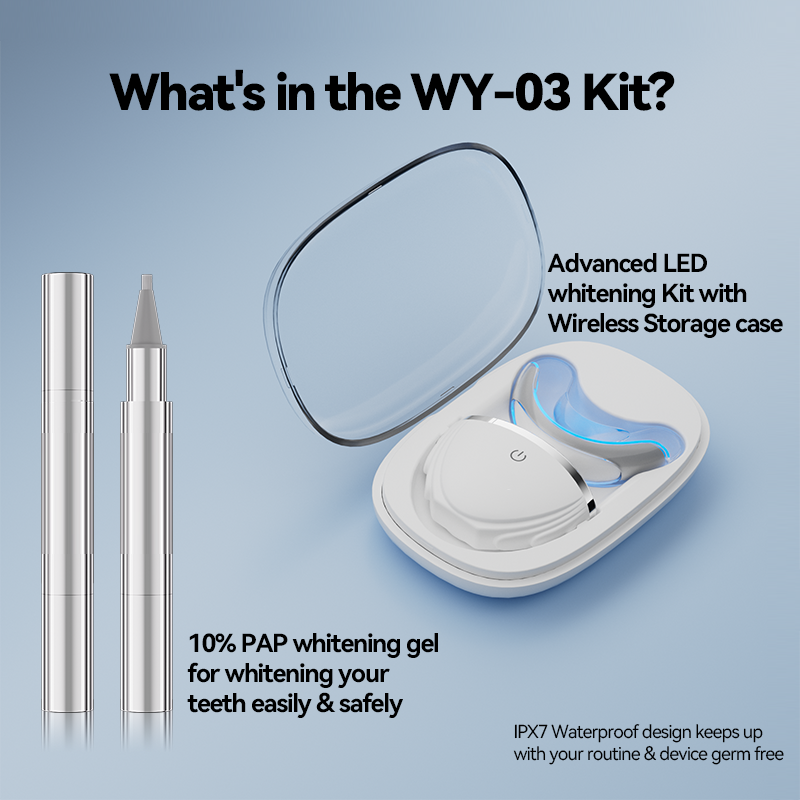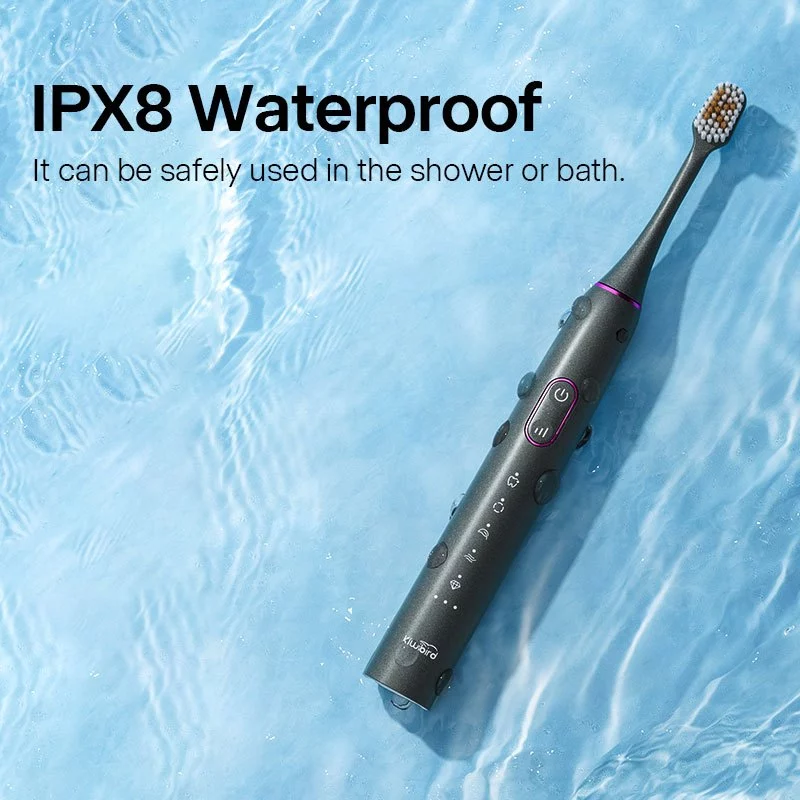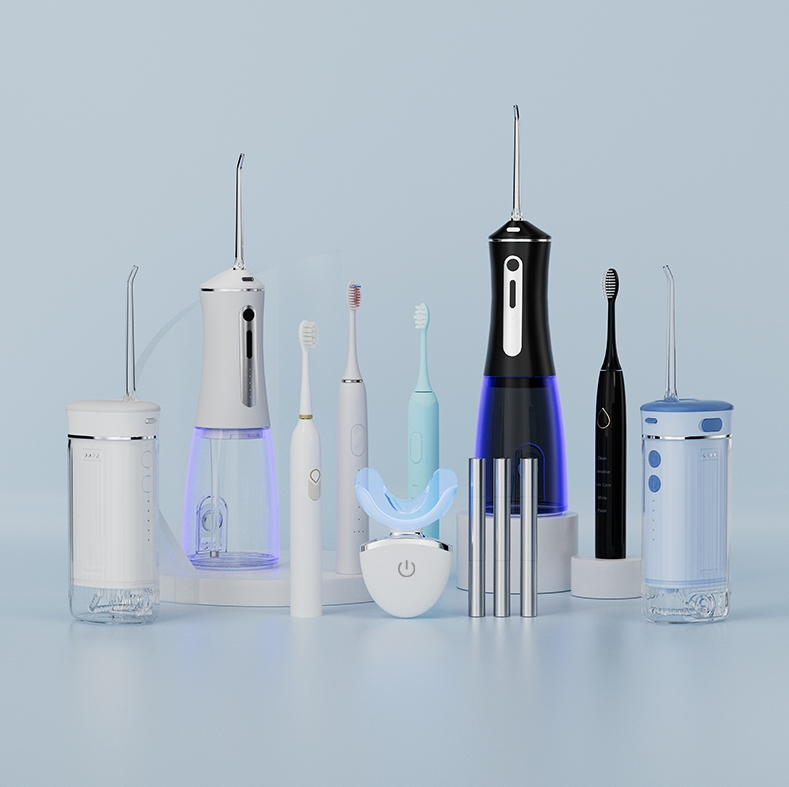In the highly competitive world of oral care device manufacturing, ensuring product comfort and safety is essential to maintaining brand credibility and customer satisfaction. Two critical factors that directly impact user experience are Tooth Sensitivity and Unstable Vibration. When a sonic toothbrush exhibits inconsistent vibration patterns, it may not only reduce cleaning efficiency but also exacerbate tooth sensitivity issues for end-users. This article explores how these factors are interrelated and what manufacturers must consider to mitigate potential risks.
Tooth Sensitivity refers to discomfort or pain that occurs when teeth are exposed to certain stimuli such as cold, heat, pressure, or vibrations. Users with enamel erosion, gum recession, or exposed dentin are particularly vulnerable to this problem. For these individuals, even standard oral care routines can trigger unpleasant sensations if not carefully managed by the product design.
Sonic toothbrushes are designed to deliver high-frequency vibrations for effective plaque removal. However, when these vibrations become Unstable, they may deliver uneven forces to the tooth surface, contributing to microscopic enamel wear or nerve irritation, ultimately worsening Tooth Sensitivity.
Unstable Vibration in toothbrushes usually stems from design or production flaws such as:
Such instability not only compromises cleaning effectiveness but also transmits unwanted shocks or stress to sensitive tooth areas.Company web:https://www.powsmart.com/product/electric-toothbrush/
When vibration patterns are inconsistent:
For users with pre-existing sensitivity, these effects can significantly worsen symptoms, leading to pain, reluctance to use the product, and negative feedback to the brand.
When customers experience discomfort from a sonic toothbrush due to Unstable Vibration, their trust in the product—and by extension the brand—declines rapidly. Negative online reviews, product returns, and warranty claims may increase. In professional B2B scenarios, such failures can harm partnerships with dental care providers and distribution channels.
Furthermore, regulatory bodies in certain regions may mandate product recalls or redesigns if instability-induced Tooth Sensitivity complaints become widespread, increasing costs and damaging market reputation.
To prevent Unstable Vibration and protect against Tooth Sensitivity, manufacturers should focus on:
In today’s demanding oral care market, manufacturers cannot afford to overlook the relationship between Unstable Vibration and Tooth Sensitivity. Sonic toothbrushes must deliver precise, consistent vibrations to ensure both effective cleaning and user comfort. By investing in rigorous design validation, dynamic balancing technology, and careful material selection, brands can produce devices that meet the needs of even the most sensitive customers.
Ultimately, stable performance not only prevents Tooth Sensitivity but also enhances user confidence, product reputation, and long-term market success—an outcome every B2B manufacturer should strive for.Contact us


Can Short Tank Runtime Delay Oral Ulcer Care?

Does Long-Lasting Travel Toothbrush Trigger Power Surge?
.jpg)
How to Choose a Professional ultraviolet sterilized water flosser Manufacturer?
.jpg)
Research on Consumers’ Preferences for the Functions and Prices of Electric Toothbrushes – From the Perspective of Suppliers

OEM of Teeth Whitening Device: A Complete Solution from LOGO Printing to Light Wave Mode Customization

Multi-Function Electric Toothbrush Benefits for Family Oral Care

IPX7 Waterproof Electric Toothbrush Customization for Global Markets

Is POWSMART Ultrasonic Toothbrush’s Chemical Residue Over Limit?

Smart Sonic Toothbrush Private Label: Complete OEM Services for Your Brand
How Do Dock Failure and Battery Swelling Threaten Safety?
.jpg)
sonic electric toothbrush Mesa

Does Black Electric Toothbrush ODM Face Handle Corrosion?
Waterproof Performance vs. Temperature Sensitivity?
Do Noisy Water Flossers Pose Aspiration Risk?
Why Should Restricted Users Avoid Stain Residuals?

Does Gum Health Sonic Toothbrush Worsen Jaw Discomfort?

electric toothbrush heads Charcoal Infuse-Round

Electric toothbrush heads Charcoal Infused-Diamond

electric toothbrush heads Deep Clean
.jpg)
Florida Electric Toothbrush – Powsmart PTR-C8

electric toothbrush heads Ultra Soft

Private Label Whitening Gel

Customization Teeth Whitening Gel

electric toothbrush heads Regular Clean
whstapp
whstapp
National Toll-Free Service Hotline
+86 755 86238638